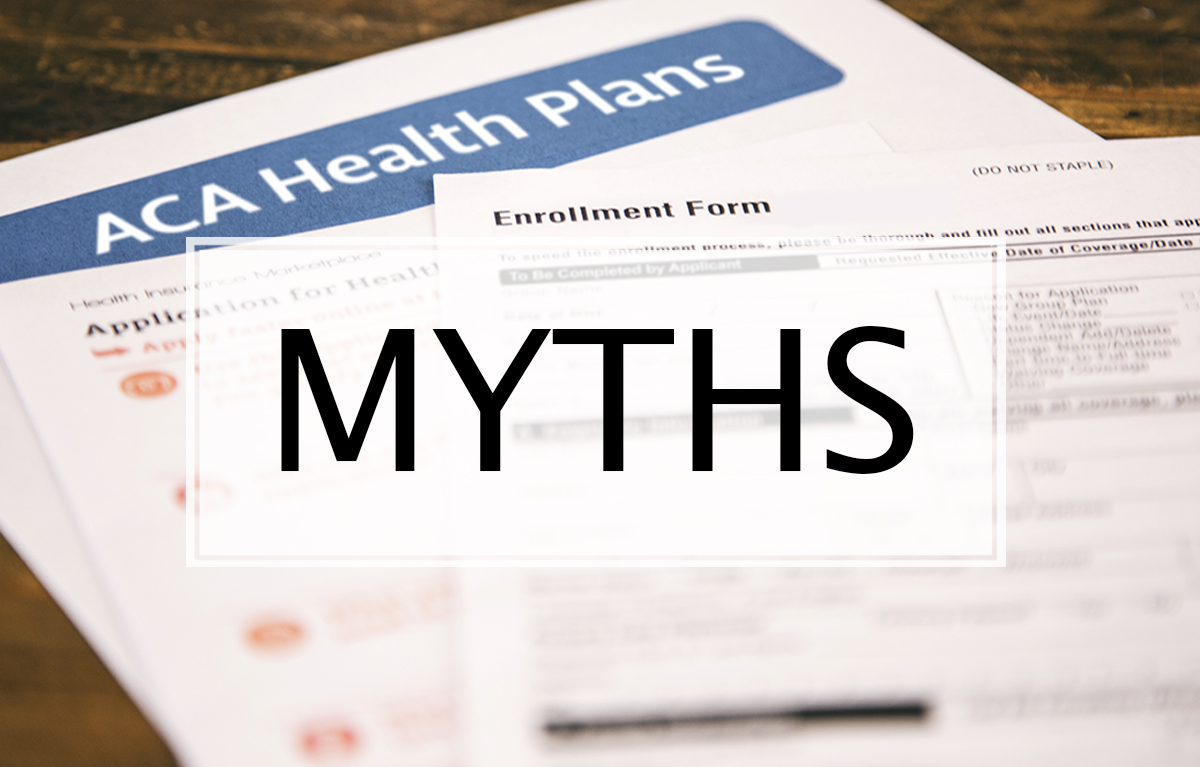Agents who actively sell Affordable Care Act (ACA) insurance plans typically do business through either the federal exchange or state-based marketplaces. You’re likely familiar with HealthCare.gov, the federal exchange, but what are state-based marketplaces and how do they work?
Let’s review the information you need to know to effectively reach this demographic of your business and expand your sales!
Note: Throughout this post we may use “exchange” and “marketplace” interchangeably when referring to the platforms used to purchase ACA health plans.
State-Based Marketplaces Explained
A state-based marketplace (SBM) is a health insurance exchange that’s independently orchestrated by a state’s government. These exchanges offer plans that are supported in a specific state and available for purchase.
States that haven’t established their own exchange will participate in the Federally Facilitated Marketplace (FFM), aka the federal exchange. Clients who enroll in a marketplace plan in states that do not have an SBM enroll in coverage through HealthCare.gov or an approved Enhanced Direct Enrollment (EDE) site.
State-Based Marketplace-Federal Platforms
There’s an additional category of SBM that deserves to be recognized — State-Based Marketplace-Federal Platforms (SBM-FP). In this type of marketplace, the state is responsible for conducting all usual business for an individual marketplace but relies on the federal exchange for eligibility and enrollment functions. Clients in SBM-FP states enroll in coverage through HealthCare.gov.
The states participating in SBM and SBM-FP exchanges are noted on the map below.
Which States Utilize SBMs?
Currently, there are 19 states and D.C. that use SBMs and three states (AR, IL and OR) that use SBM-FPs. Georgia and Illinois are now fully state-based marketplaces. Use the map below to see if your state participates in an SBM, and if Ritter supports products in your state!
Significant Changes That May Affect SBMs in 2026
Be aware that as of publishing this post, extended subsidies are set to expire at the end of 2025. This could affect premium costs beginning January 1, 2026. With this uncertainty that surrounds the ACA market, there may be lower enrollment numbers this year.
We will continue to update agents about the important changes that affect the independent health insurance market.
Agent Training Requirements
Agents who are looking to sell under-65 plans in SBMs should be aware that there are training requirements for each exchange. These training requirements vary by state; we recommend checking with each exchange you’d like to sell through and completing training through their platform.
Ritter works with the following states that have special training requirements:
- Maryland: Agents must apply and complete initial training to receive their authorization to sell. Broker authorization expires after two years. The exchange will send a renewal notice no later than 60 days prior to expiration date. Annual certification is also required.
- New Jersey: Agents must first complete the Broker Intent to Sell form. Annual certification is also required.
- New York: Agents are not required to certify annually but must certify every two years from their initial certification date.
These training requirements vary by state; we recommend checking with each exchange you’d like to sell through and completing training through their platform.
Note: Agents who sell ACA products in FFM states must complete FFM training through HealthCare.gov or an approved EDE such as HealthSherpa.
Want to streamline your ACA enrollments? Register with Ritter for a free HealthSherpa account to help clients compare plans, evaluate subsidy eligibility, and enroll in coverage! Connect with Ritter on HealthSherpa using code FB05 to easily resolve any issues.
State-Based Marketplace Enrollments
Agents enrolling clients residing in SBM states should complete enrollments through the state’s platform. Find the right exchange here
Here are the links to the SBMs Ritter currently works with:
- MyArkansas Insurance
- Connect for Health Colorado
- Access Health CT
- Georgia Access
- Get Covered Illinois
- Kentucky Health Benefit Exchange
- Maryland Health Connection
- GetCoveredNJ
- NY State of Health
- Pennie
- Virginia’s Insurance Marketplace
The process of enrolling a client in one SBM may vary from enrolling them in another SBM or the federal exchange. We recommend taking your time and following the instructions on the state’s platform.
Coverage Effective Dates
The Open Enrollment Period (OEP) runs from November 1 to January 15 in most states. Be aware that some states can set their own OEP dates. Please note that starting in 2027, coverage effective dates and enrollment dates will be standardized with the OEP beginning no later than November 1 and ending no later than December 31 and cannot be longer than nine weeks.
States that may end Open Enrollment on a different date:
- California — January 31
- D.C. — January 31
- Idaho — December 15
- Massachusetts — January 23
- New Jersey — January 31
- New York — January 31
- Rhode Island — January 31
Generally speaking, clients who enroll before December 15, will have a January 1 effective date. A client who submits their application on or after December 16 through the end of the OEP will have an effective date of February 1. This may differ in some states. For example, Maryland and New Jersey are exceptions.
- Maryland: Coverage starts January 1 for applications submitted by December 31. Coverage starts on February 1 for applications submitted during the first two weeks of January.
- New Jersey: Coverage starts January 1 for applications submitted by December 31. Coverage starts on February 1 for applications submitted between January 1 and January 31.
Be aware that some states can set their own OEP dates.
Any client who misses the OEP is only able to enroll in coverage by being eligible for a Special Enrollment Period (SEP). In these cases, coverage is effective the first of the month after the application is submitted.
Remember, coverage will not be effectuated until the binder payment is made. This payment is typically the first month’s premium and is due 30 days after enrollment.
Selling ACA plans is a great opportunity to reach new customers and expand your business. The different exchanges don’t have to be as scary as they may seem.
At Ritter, we’re committed to helping you understand SBMs, SBM-FPs, the federal exchange, and all changes and transitions that happen in the under-65 market.
If you’re not already a Ritter agent, register today to utilize all of our resources such as guides and eBooks, exclusive webinars and trainings, and our experienced Sales team.







Not affiliated with or endorsed by Medicare or any government agency.
Share Post